How Long Does The Nonoxidative Energy System Typically Provide Energy?
How long does the nonoxidative energy system typically provide energy?. The physical activity and exercise recommendations for promoting General Health Fitness and Weight Management suggest which action to achieve or maintain weight loss. The nonoxidative energy system typically provides energy for a. Answered How long does the.
The aerobic system uses oxygen glucose and fats. How long does the nonoxidative energy system typically provide energy. Basic Physiology of Cardiorespiratory Endurance ExerciseBlooms Taxonomy.
10-120 seconds Hope that helps. The nonoxidative energy system typically provides energy for high intensity activities. The immediate energy system.
Decreases lactic acid in muscles eases body back into resting state gets HR back down to at least 90 BPM prevents blood pooling decreases DOMS. Too high in unhealthy fats. What is the recommended duration for a session of cardiorespiratory endurance exercise.
- type of activities in which each system is used. Get the answers you need now. How long does the Nonoxidative energy system typically provide energy.
Provides detailed information about a range of basic-to-sophisticated methods analysts can use to quantify each of these benefits with key considerations and helpful tips for choosing and using the methods. While it is possible for some elite athletes to maintain exercise at anaerobic levels for several minutes even they will eventually fatigue as a result of the non-oxidative systems ability to sustain ATP production for events lasting longer than approximately 2 minutes. 5-60 minutes 3-5 minutes up to 3 seconds 10-120 seconds.
The non-oxidative energy system typically provides energy for. 3 or fewer seconds.
How long does the nonoxidative energy system typically provide energy.
How long does the nonoxidative energy system typically provide energy. Energy systems immediate non-oxidative anaerobic oxidative aerobic - how long does each system typically provide energy. - type of activities in which. The non-oxidative energy system typically provides energy for. Contracting How long does the nonoxidative energy system typically provide energy. Both the aerobic and anaerobic energy systems provide the energy your body needs when cycling. Provides detailed information about a range of basic-to-sophisticated methods analysts can use to quantify each of these benefits with key considerations and helpful tips for choosing and using the methods. Basic Physiology of Cardiorespiratory Endurance ExerciseBlooms Taxonomy. Is a disease that develops and continues over a long period of time.
The immediate energy system. If you have further questions about this question or need more help feel free to comment below or post another question and send the link to me. 3 Types of MSE programs. Answered How long does the. Cardiorespiratory endurance is developed best by activities that involve rhythmic movements of large muscle groups. Contracting How long does the nonoxidative energy system typically provide energy. Exercise moderately for 60 to 90 minutes per day on most days of the week.




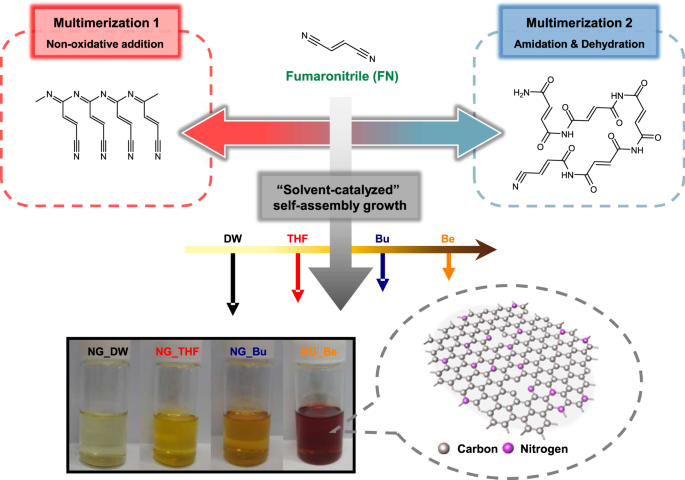


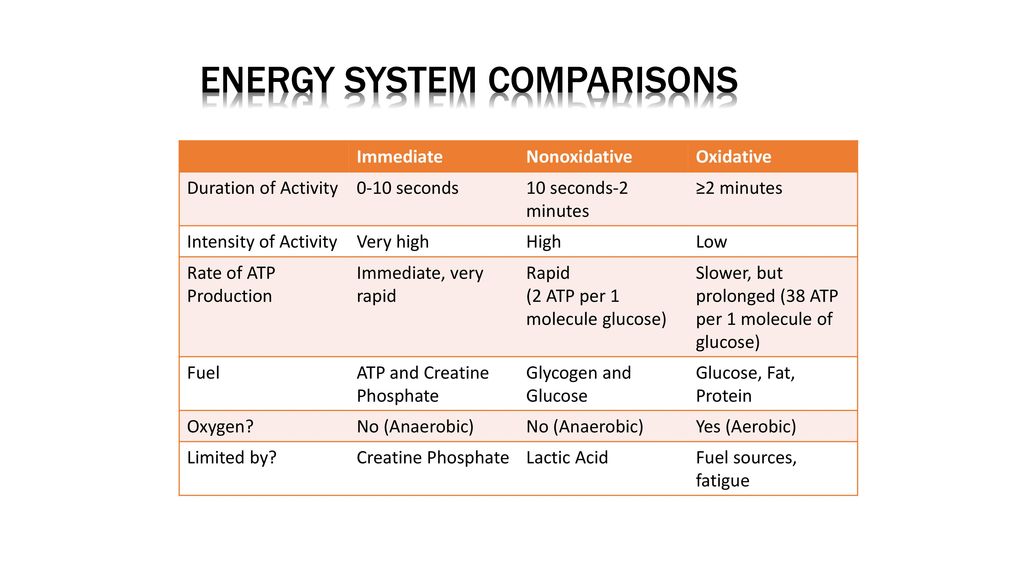
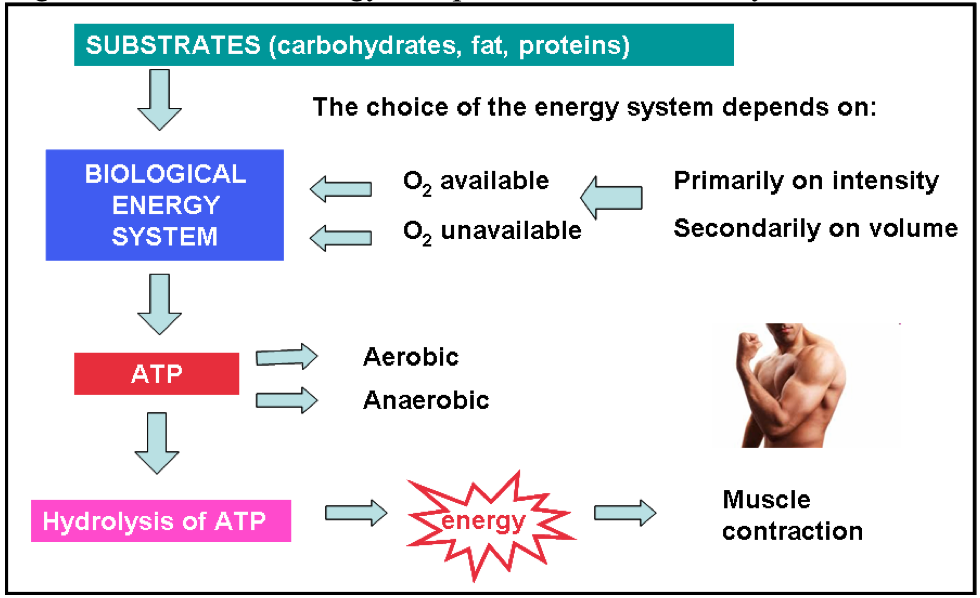

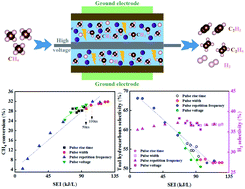




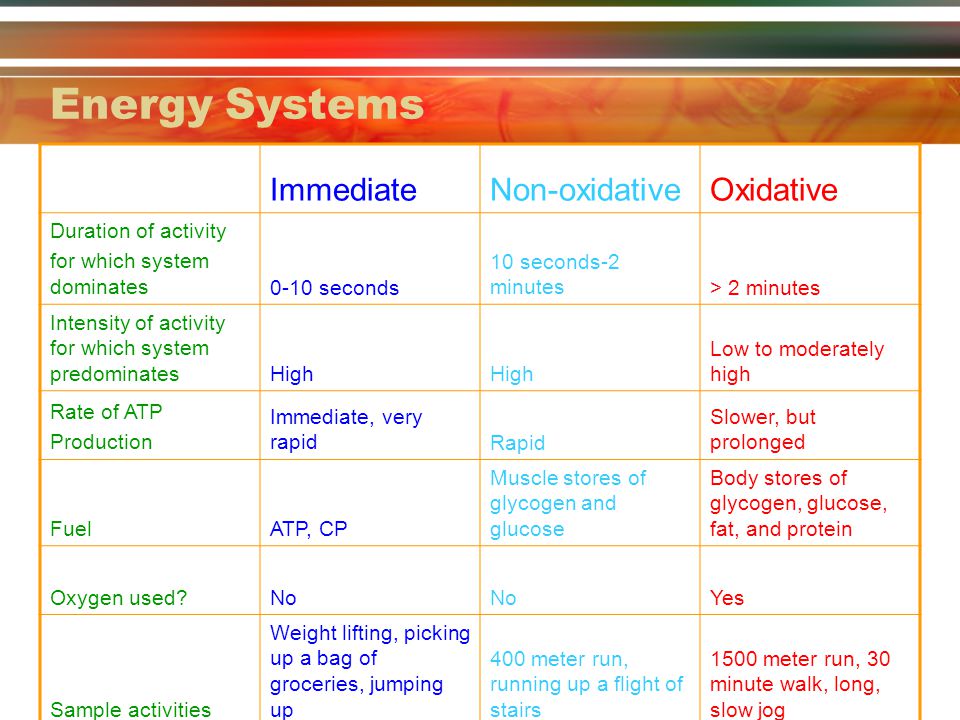




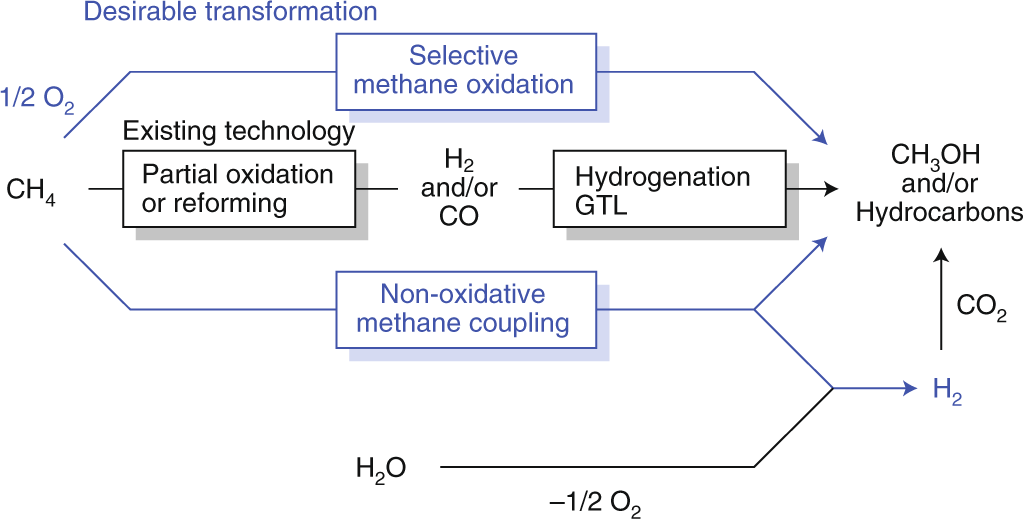

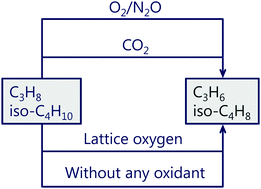
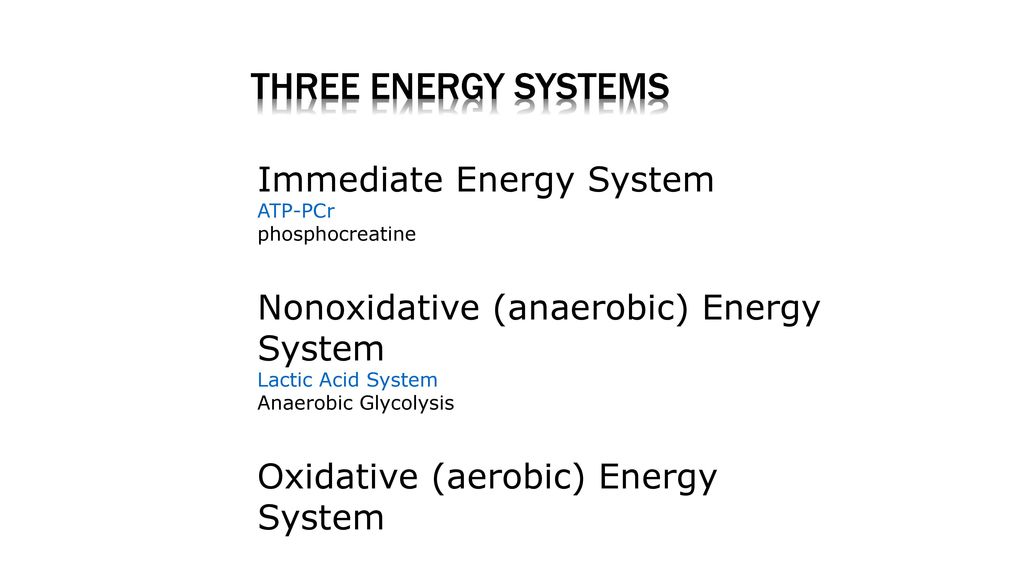
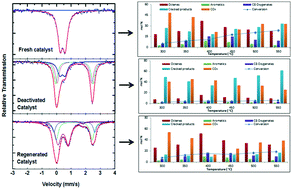







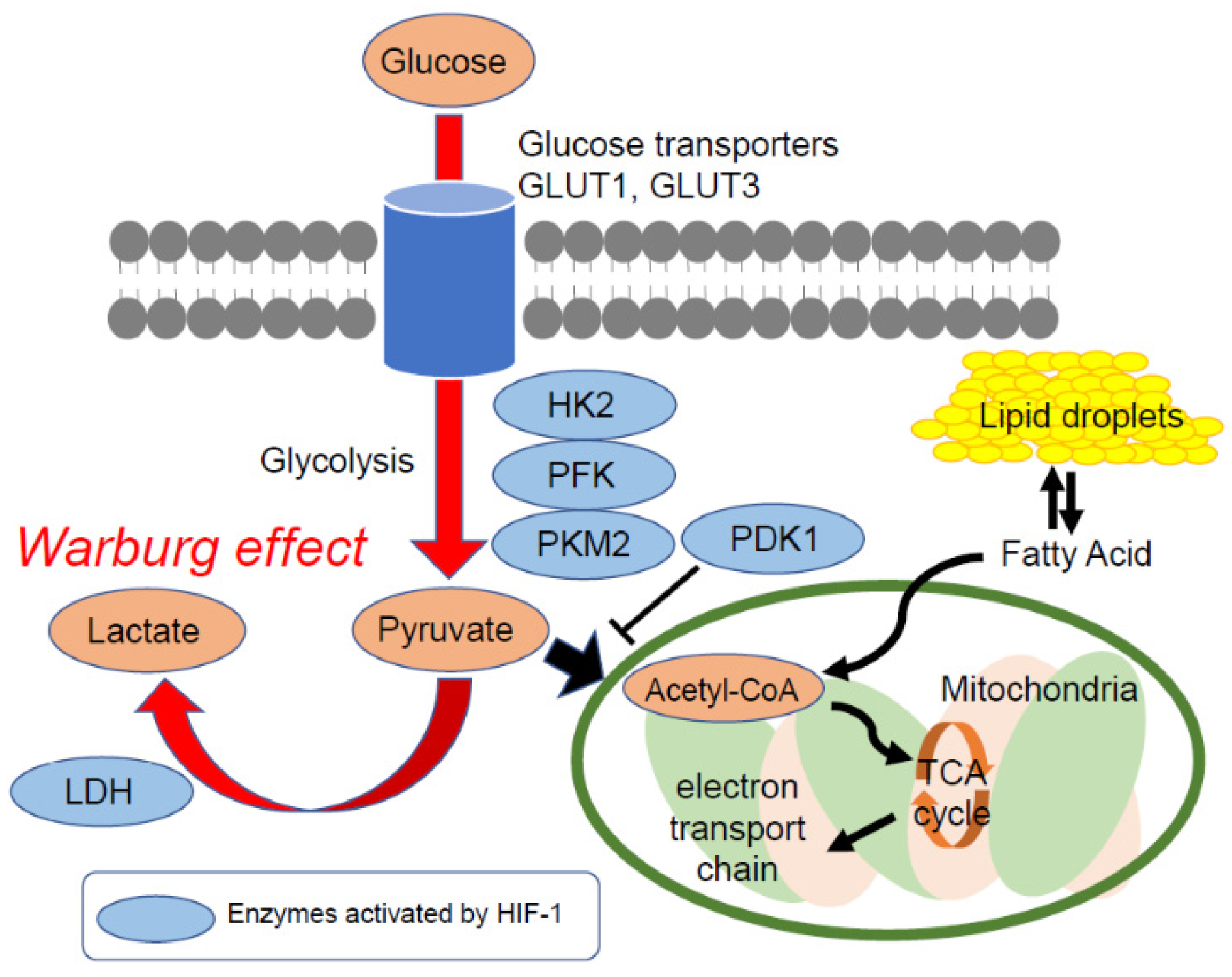









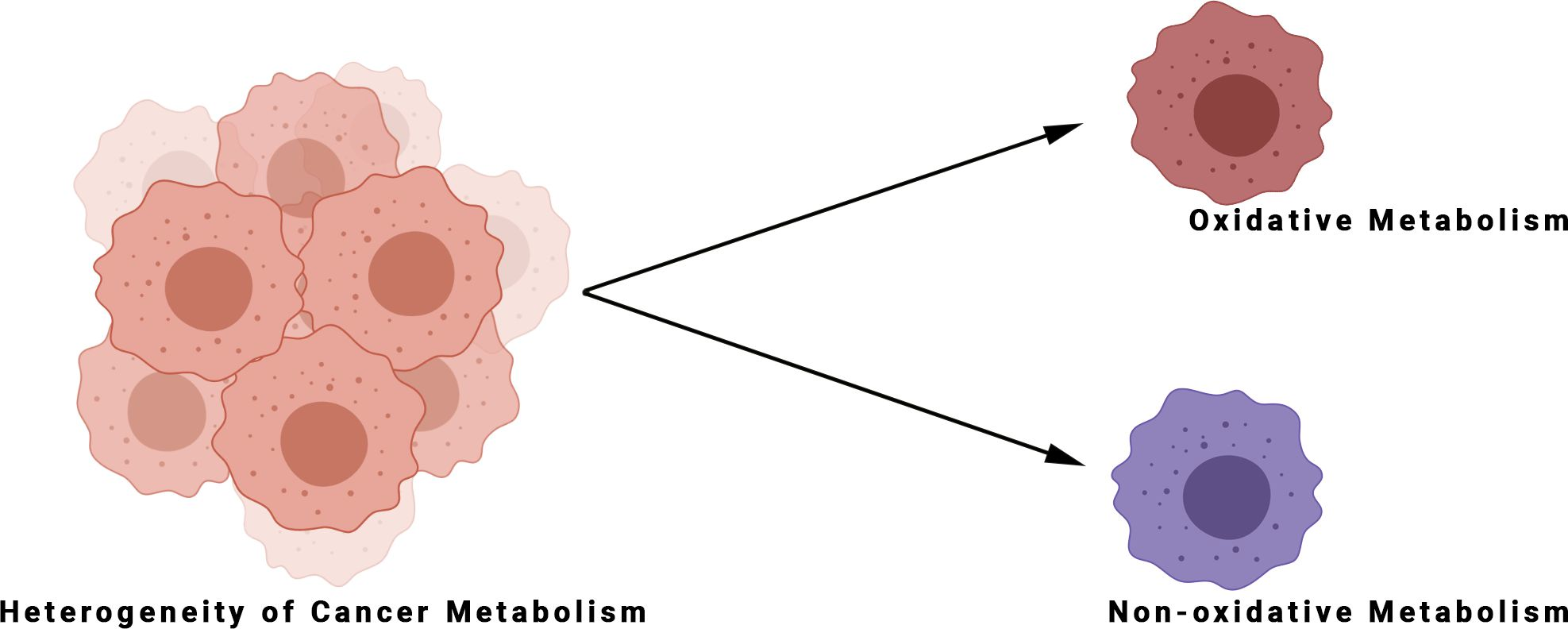

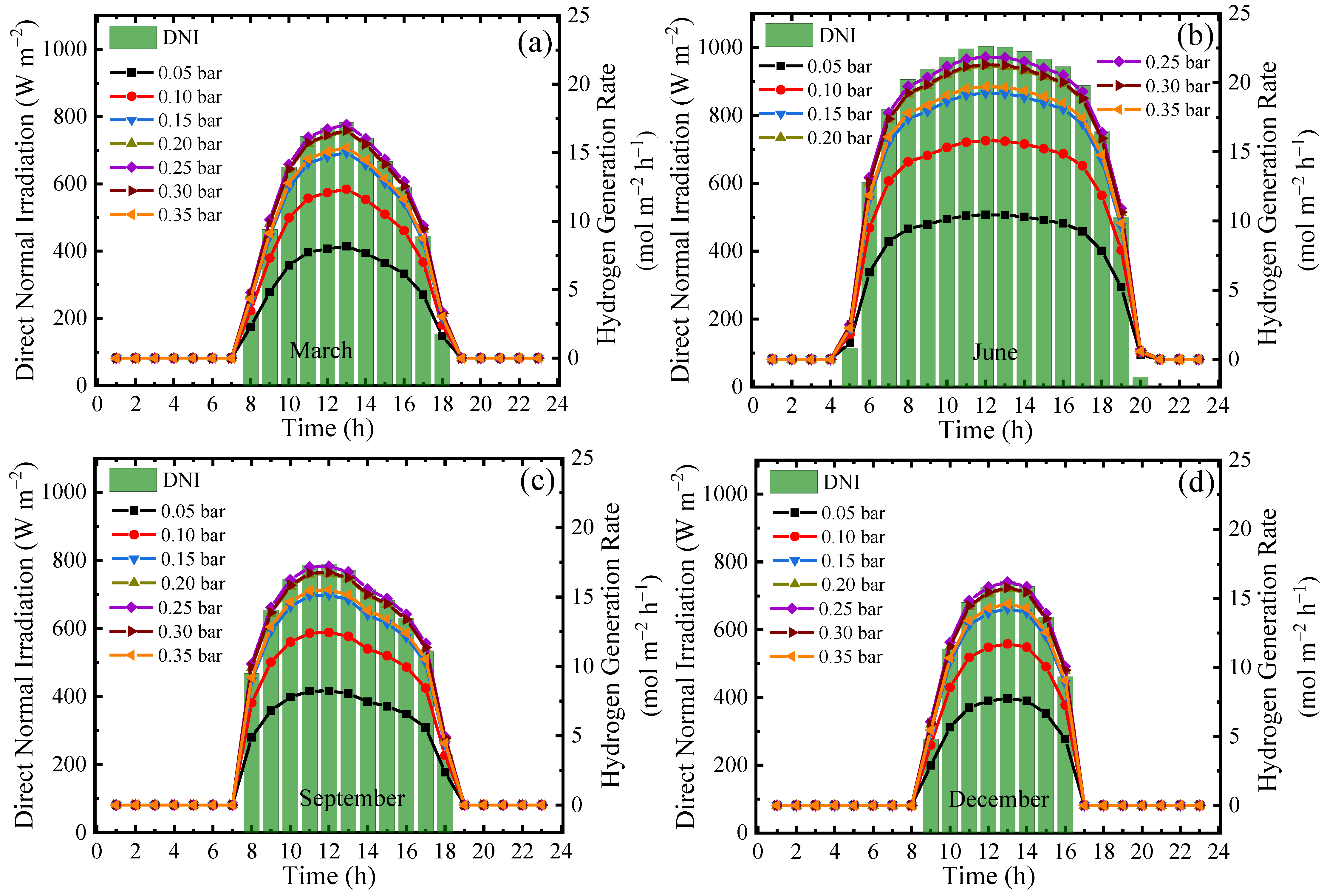
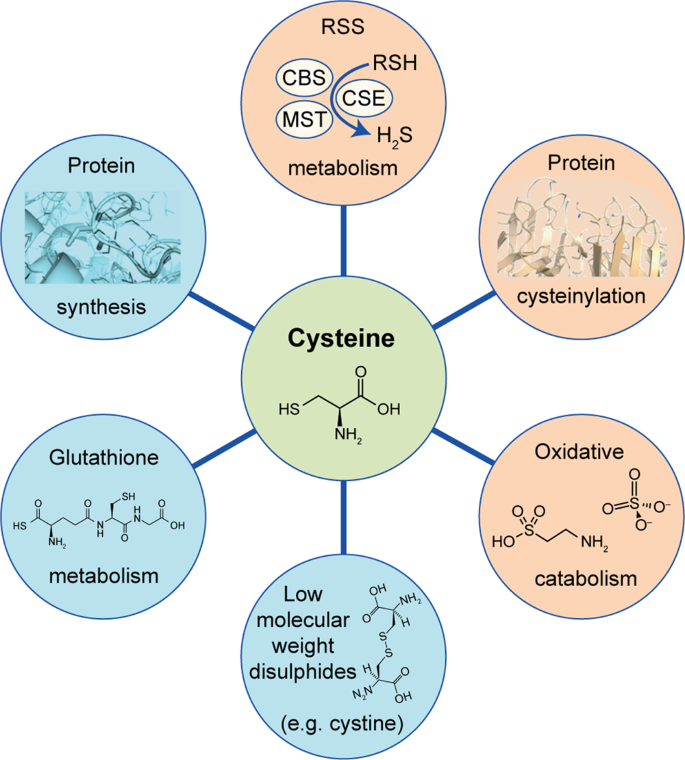
Post a Comment for "How Long Does The Nonoxidative Energy System Typically Provide Energy?"